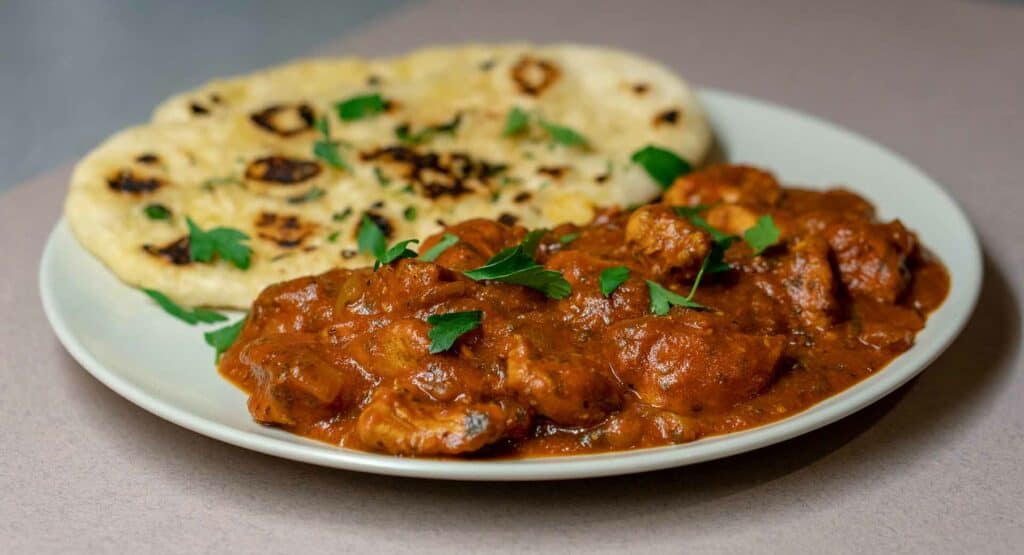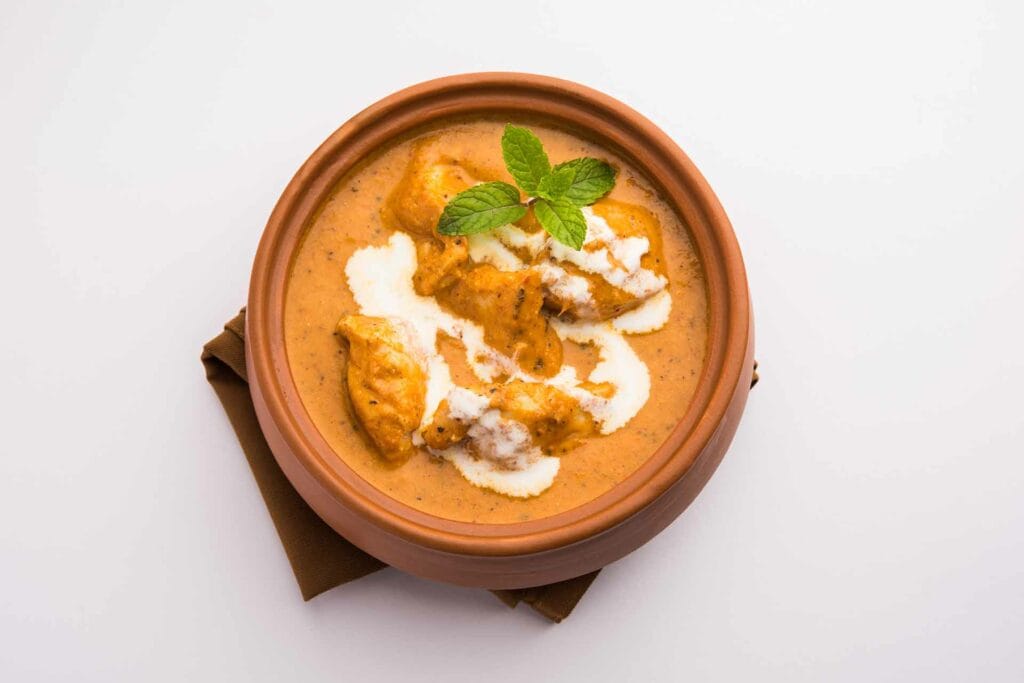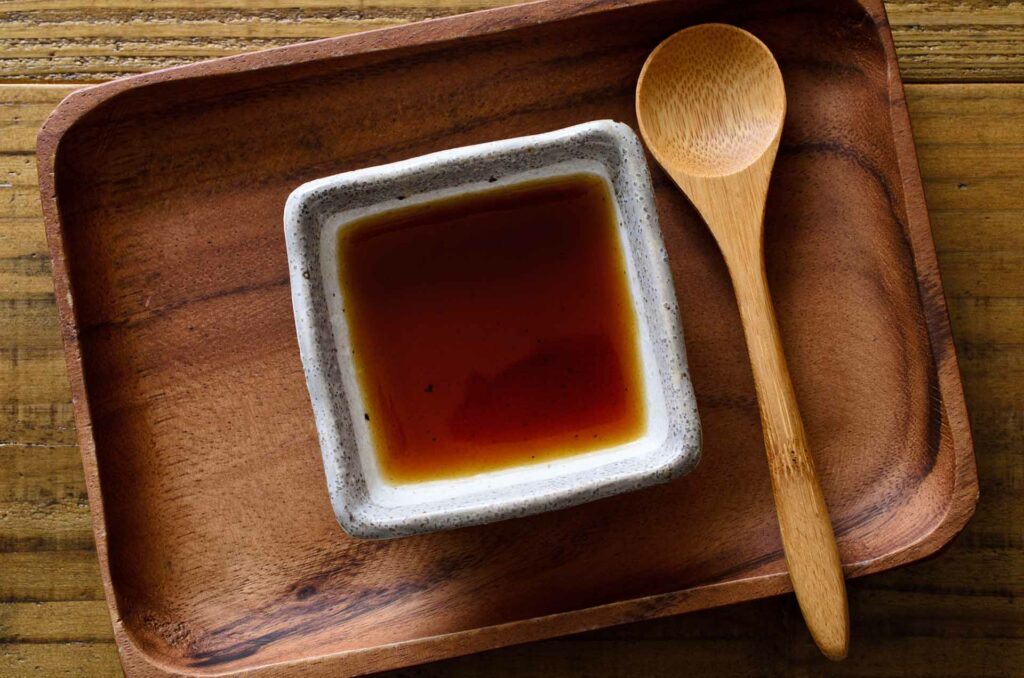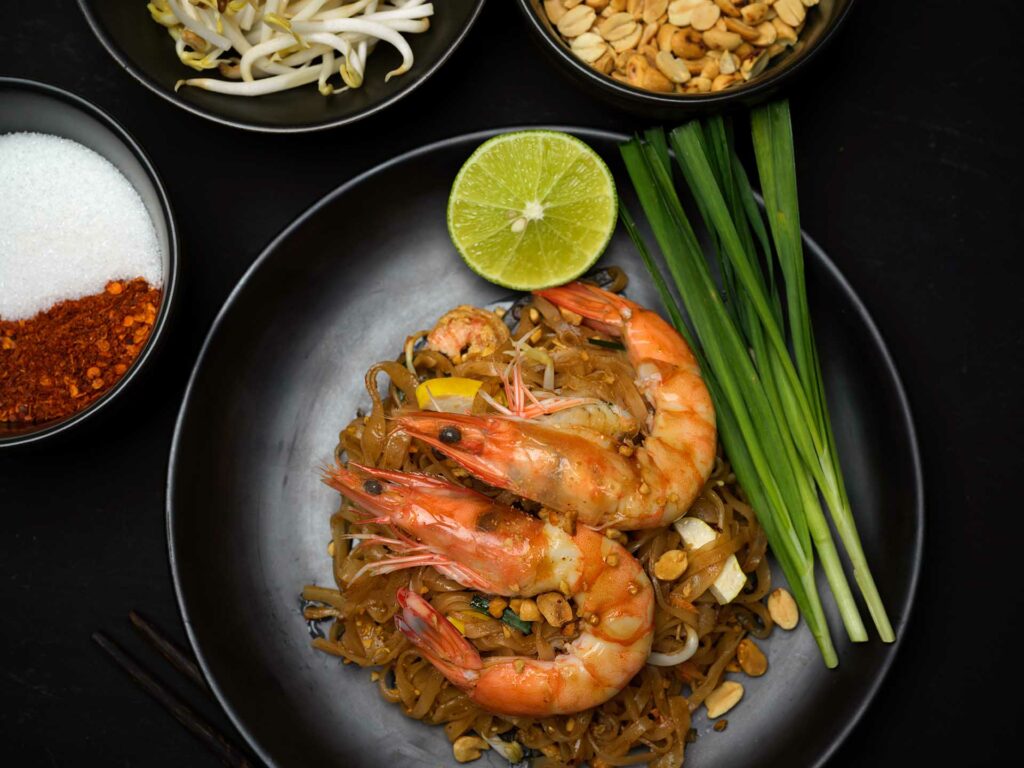Indian cuisine has gained immense popularity worldwide for its vibrant flavors and aromatic spices. Among the multitude of mouthwatering dishes, Tikka Masala and Butter Chicken stand out as two iconic and beloved dishes. These culinary delights have captured the hearts and taste buds of food enthusiasts around the globe. In this blog post, we will dive deep into the world of Tikka Masala and Butter Chicken, exploring their origins, ingredients, preparation methods, and most importantly, the differences that set them apart.
Tikka Masala: Origins, Ingredients, and Preparation
Tikka Masala, a dish known for its tantalizing flavors and tender chunks of marinated meat, has a fascinating history rooted in the Indian subcontinent. While its exact origin remains a subject of debate, it is believed to have emerged in the kitchens of the Indian subcontinent, particularly in the Punjab region. Over time, Tikka Masala has evolved and adapted to different regional palates, resulting in a diverse array of variations.
The key to Tikka Masala’s flavor lies in its unique blend of spices. Cumin, coriander, turmeric, garam masala, and a hint of chili powder infuse the dish with a rich and aromatic profile. The marination process involves combining yogurt, ginger, garlic, and these spices to create a flavorful paste that coats the meat. Traditionally, the marinated meat is cooked in a tandoor, a traditional clay oven, adding a charred and smoky element to the dish. However, modern adaptations have introduced grilling or pan-frying methods to achieve similar results.

Butter Chicken: Origins, Ingredients, and Preparation
Butter Chicken, also known as Murgh Makhani, holds a special place in the hearts of food lovers as a creamy and indulgent delicacy. Its origins can be traced back to the kitchens of the Moti Mahal restaurant in Delhi, India. The dish was reportedly created by Chef Kundan Lal Gujral, who experimented with leftover tandoori chicken by simmering it in a velvety tomato-based gravy.
The secret behind the lusciousness of Butter Chicken lies in its rich and buttery tomato sauce. The dish combines a medley of flavors through the use of tomatoes, cream, butter, ginger, garlic, and a harmonious blend of spices. The chicken is traditionally marinated in yogurt and spices before being cooked in a tandoor, imparting a smoky flavor. It is then simmered in the buttery tomato sauce, which gives it a creamy and velvety texture.

Flavor Profile and Differences between Tikka Masala and Butter Chicken
Tikka Masala and Butter Chicken, despite sharing common roots in Indian cuisine, offer distinct flavor profiles that set them apart from each other. Understanding these differences can help us appreciate the nuances and unique characteristics of each dish.
Tikka Masala is known for its robust and vibrant flavor profile. The combination of spices used in Tikka Masala, such as cumin, coriander, turmeric, garam masala, and chili powder, creates a bold and aromatic blend that tantalizes the taste buds. The spices infuse the meat with layers of depth and complexity, delivering a harmonious balance of tanginess, warmth, and mild heat. The smoky undertones from the tandoor cooking method further enhance the overall flavor, adding an element of charred and smoky richness to the dish. The result is a bold and flavorful experience that leaves a lasting impression.
On the other hand, Butter Chicken boasts a luxurious and creamy flavor profile. The tomato-based sauce forms the foundation of the dish, with the sweetness and acidity of the tomatoes offering a bright and tangy note. The addition of cream or butter towards the end of the cooking process adds richness, smoothness, and a velvety texture to the sauce. The spices used in Butter Chicken, including coriander, cumin, turmeric, and garam masala, contribute to the complexity of the flavors without overpowering the creaminess of the dish. Butter Chicken is known for its mild heat, focusing more on the richness and balance of flavors rather than intense spiciness. The combination of the creamy tomato sauce and tender, marinated chicken creates a comforting and indulgent experience.
The cooking techniques employed in Tikka Masala and Butter Chicken also contribute to their unique flavor profiles. Tikka Masala, traditionally cooked in a tandoor, benefits from the intense heat that imparts a smoky and charred flavor to the marinated meat. This cooking method not only enhances the taste but also provides a textural contrast with a slightly crispy exterior. In contrast, Butter Chicken is simmered in the tomato-based sauce, allowing the flavors to meld together and intensify. The slow-cooking process helps to develop a rich and deep flavor profile, resulting in a sauce that is smooth, velvety, and coats the chicken beautifully.
The differences in flavor profile between Tikka Masala and Butter Chicken make them distinct dishes that appeal to different palates and preferences. Tikka Masala offers a bold and robust experience, with its vibrant spices and smoky undertones, while Butter Chicken delights with its creamy and indulgent nature, focusing on the harmony of flavors and the richness of the sauce. Both dishes showcase the versatility and ingenuity of Indian cuisine, offering a wide range of flavors to cater to various tastes and preferences.
Which is better?
The debate between Tikka Masala and Butter Chicken has sparked numerous discussions among food enthusiasts, and opinions on which is the superior dish vary greatly. Both Tikka Masala and Butter Chicken have gained widespread popularity across the globe, but their reception and preferences differ depending on the region and individual tastes.
Tikka Masala has become synonymous with Indian cuisine, and its popularity has transcended borders, making it a beloved dish worldwide. The bold and robust flavors of Tikka Masala, combined with the smoky undertones from the tandoor cooking method, create an irresistible combination for spice lovers. It has earned a reputation as a quintessential Indian dish, representing the diverse and vibrant culinary heritage of the country.
In contrast, Butter Chicken has achieved global recognition as a creamy and indulgent delicacy. Its rich and velvety tomato-based sauce, combined with tender pieces of chicken, has won the hearts of many. Butter Chicken has become a favorite choice for those seeking a milder, yet flavorful, option that still captures the essence of Indian cuisine. Its creamy nature and balanced flavors have made it an ideal introduction to Indian food for those who may be more sensitive to spiciness.
The popularity of Tikka Masala and Butter Chicken extends beyond their country of origin, with both dishes being embraced and adapted in various parts of the world. For instance, in the United Kingdom, Tikka Masala has become a staple of British cuisine, so much so that it has been dubbed the country’s national dish. The British-style Tikka Masala often features a creamier tomato sauce and is milder in spice level compared to its Indian counterparts.
Similarly, Butter Chicken has been embraced by international audiences, with variations and adaptations tailored to suit different palates. Chefs and restaurants have put their own creative spins on these classic dishes, incorporating local ingredients or adding unique twists to create signature versions. These variations may range from adding a touch of sweetness with the addition of honey or using different types of meat or protein substitutes to cater to dietary preferences.
The popularity and versatility of Tikka Masala and Butter Chicken have also led to their inclusion on menus in Indian restaurants around the world. From fine dining establishments to street food stalls, these dishes have become go-to choices for those seeking a taste of authentic Indian flavors. The ability to customize the level of spice and adjust the richness of the sauce allows individuals to tailor their dining experience to their preferences.





